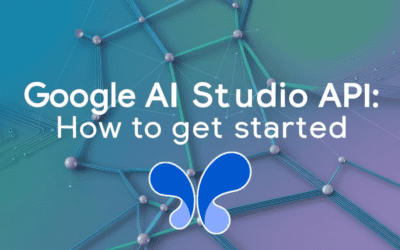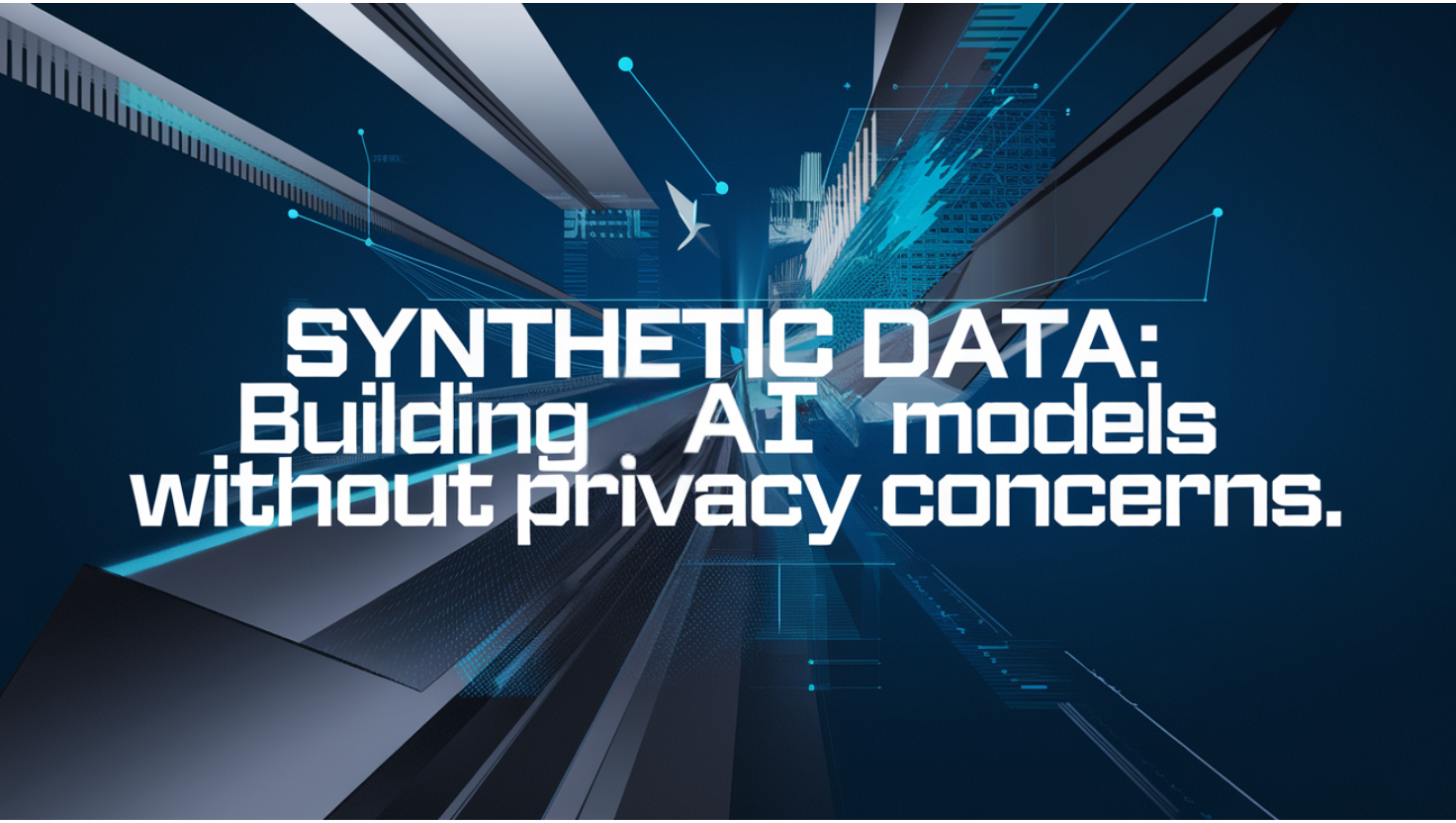The AI industry faces a paradox: models need vast datasets to thrive, but privacy laws and scarce data stifle progress. Enter Synthetic Data—artificially generated datasets that mimic real-world information without compromising privacy. By 2024, 60% of AI data will be synthetic (Gartner), revolutionizing industries from healthcare to finance. This post dives into how synthetic data bridges the AI innovation gap while safeguarding user trust.
What Is Synthetic Data?
Synthetic data is algorithmically generated information that replicates the patterns and statistical properties of real datasets. Unlike anonymized data, it contains no trace of actual individuals, making it GDPR-compliant by design. Common generation methods include:
- Generative Adversarial Networks (GANs): AI models that create realistic data (e.g., fake faces).
- Simulation: Virtual environments for training autonomous vehicles.
- Rule-Based Generation: Custom algorithms for specific scenarios.
Why it matters:
- Scalability: Generate infinite datasets for rare edge cases (e.g., cancer detection).
- Cost-Efficiency: Reduces data collection expenses by up to 70% (McKinsey).
- Bias Mitigation: Overrepresents minority groups in training data.
Solving Data Scarcity with Synthetic Data
Industries Where Real Data Is Rare or Restricted
- Healthcare: Synthetic patient records accelerate drug discovery without privacy risks.
- Autonomous Vehicles: Simulated crash scenarios train AI safely.
- Finance: Fake transaction data detects fraud patterns.
Case Study: NVIDIA’s Clara Holoscan generates synthetic medical images to train AI models, achieving 90% diagnostic accuracy without real patient data.
Privacy by Design: How Synthetic Data Protects Users
Avoiding Regulatory Pitfalls
Regulations like GDPR and CCPA penalize mishandling personal data. Synthetic datasets sidestep these risks entirely. For example:
- JPMorgan uses synthetic financial data to test fraud algorithms, avoiding exposure of real customer info.
- 85% of organizations report reduced compliance costs after adopting synthetic data (Forrester).
Preventing Data Breaches
In 2023, the average data breach cost $4.45 million (IBM). Synthetic data is worthless to hackers—no real data exists to steal.
Accelerating AI Development: Real-World Applications
Healthcare Breakthroughs
Researchers at MIT used synthetic EHRs (electronic health records) to predict sepsis 12 hours earlier than traditional methods.
Retail Innovation
Walmart simulates customer behavior data to optimize inventory, reducing waste by 20% in pilot stores.
Autonomous Systems
Waymo’s self-driving cars log 20 million synthetic miles daily in virtual environments, speeding up training safely.
Implementing Synthetic Data: Best Practices
Step 1: Choose the Right Tool
- Open Source: Synthetic Data Vault (SDV), Gretel.ai
- Enterprise: Mostly AI, Tonic.ai
Step 2: Validate Quality
Ensure synthetic data retains statistical fidelity. Tools like Amazon SageMaker Data Wrangler compare distributions between real and synthetic datasets.
Step 3: Combine with Real Data
Hybrid datasets improve model robustness. For instance, Apple blends synthetic and real user data to enhance Siri’s voice recognition.
Key Takeaways and Future Trends
Why Adopt Synthetic Data Now?
- Speed: Slash AI development timelines by 50% (Accenture).
- Ethics: Build public trust with privacy-first AI.
- Innovation: Tackle use cases once deemed impossible due to data gaps.
Recommendations for Teams
- Start with low-risk pilot projects (e.g., chatbots).
- Partner with synthetic data platforms for scalability.
- Stay updated on evolving standards (e.g., IEEE’s synthetic data guidelines).
Final Thoughts
Synthetic data isn’t just a workaround—it’s the future of ethical AI. By decoupling innovation from privacy risks, it empowers industries to build smarter, fairer models. Whether you’re training a cancer-detecting algorithm or a self-driving car, synthetic data offers a scalable, secure path forward.
Explore Further:
Embrace synthetic data today, and build AI that’s both powerful and principled.


















